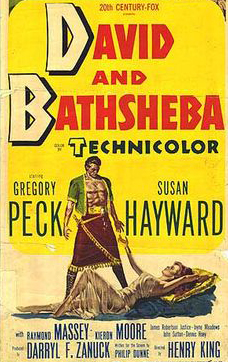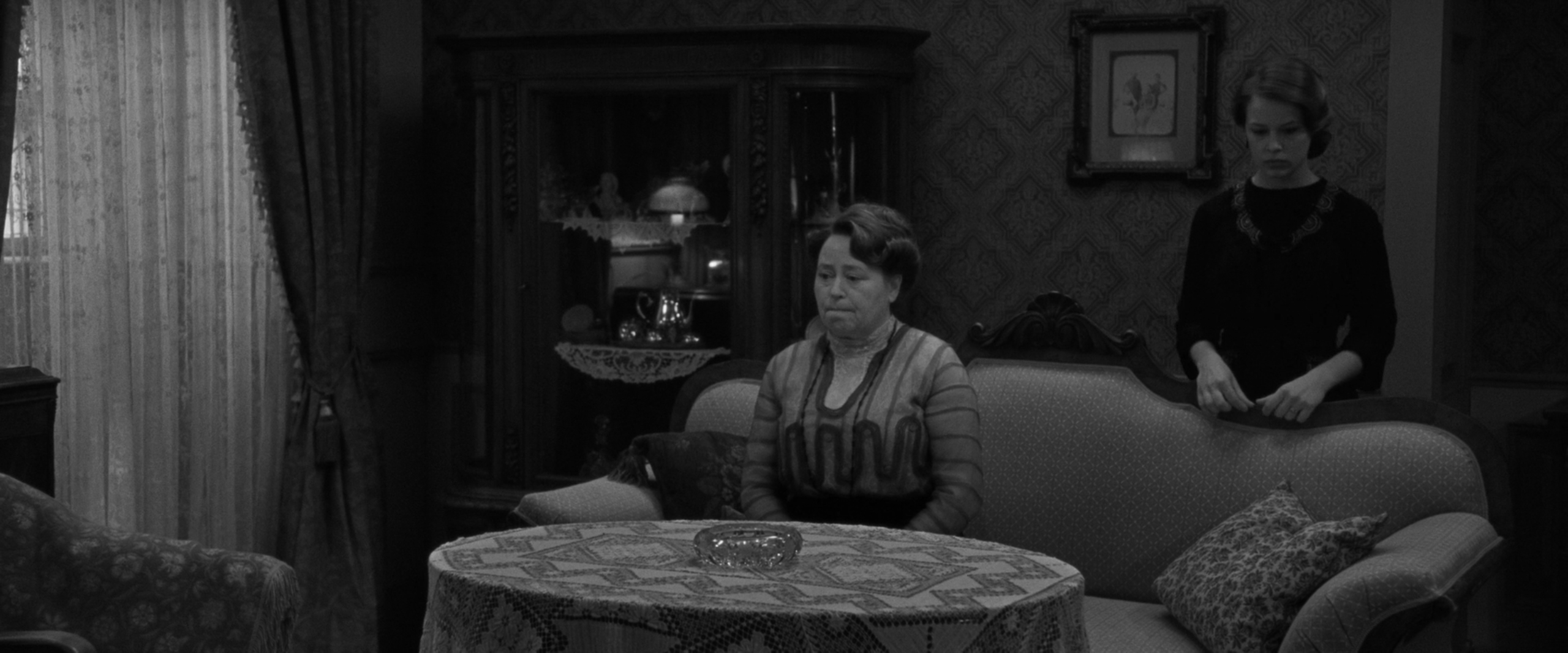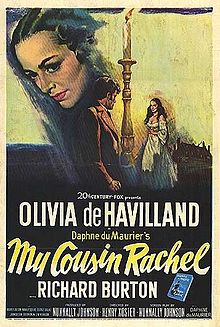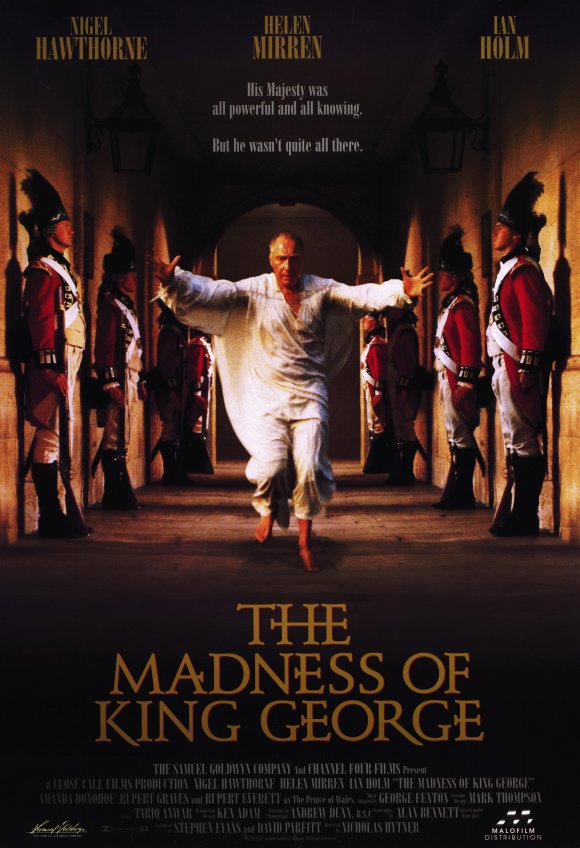The Furniture: Leering Through Querelle's Erotic Architecture
 Monday, July 3, 2017 at 12:30PM
Monday, July 3, 2017 at 12:30PM "The Furniture" is our weekly series on Production Design. You can click on the images to see them in magnified detail.
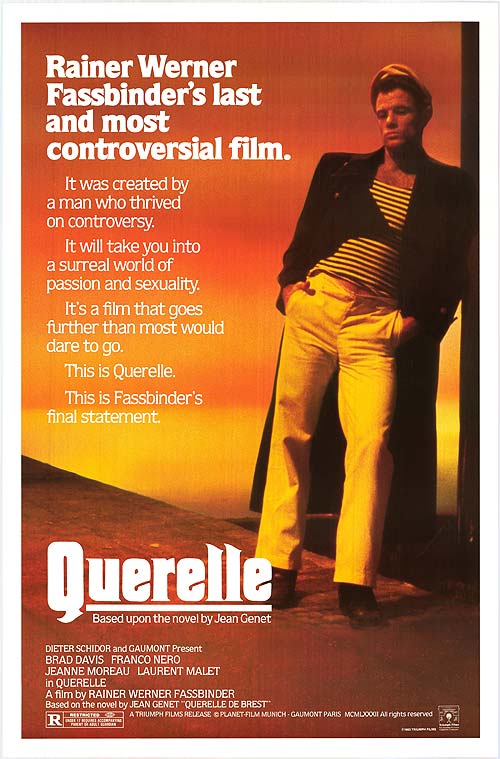 The films of Rainer Werner Fassbinder, though they are many and varied, almost always have striking production design. The obvious examples include the ‘70s scifi chic of World on a Wire and the opulent apartment of Petra von Kant, but it's true of his whole catalogue. The design of Querelle is as bold as it is aroused. And as of this week it’s new to FilmStruck, a place where you can find tons of design classics (like La Ronde and Great Expectations, two of my favorites).
The films of Rainer Werner Fassbinder, though they are many and varied, almost always have striking production design. The obvious examples include the ‘70s scifi chic of World on a Wire and the opulent apartment of Petra von Kant, but it's true of his whole catalogue. The design of Querelle is as bold as it is aroused. And as of this week it’s new to FilmStruck, a place where you can find tons of design classics (like La Ronde and Great Expectations, two of my favorites).
Querelle got terrible reviews when it opened in 1982. It’s often considered an oddity of excess at the end of a career built on precision, an oversexed and underwritten mess with little to say and too much to show.
That’s nonsense. Sure, it's a lot, including the work of production designer Rolf Zehetbauer and art director Walter Richarz. But what most of the reviews seem to have missed is that Querelle isn’t just about sex. It’s about power, and the way that sex between men can be as much an exchange of control as it is an exchange of fluids.



